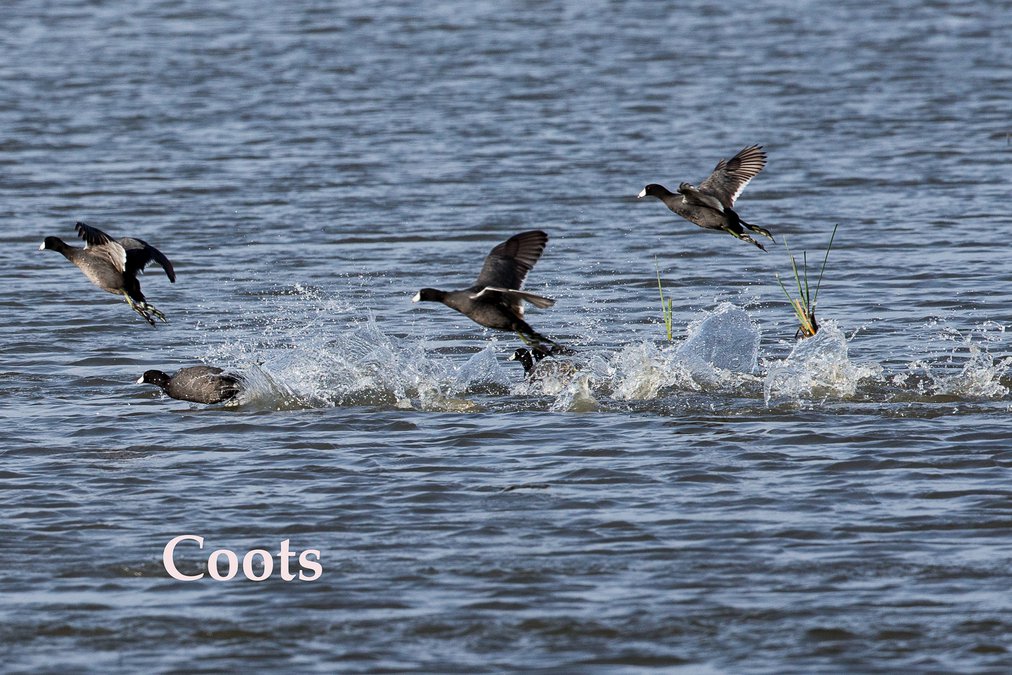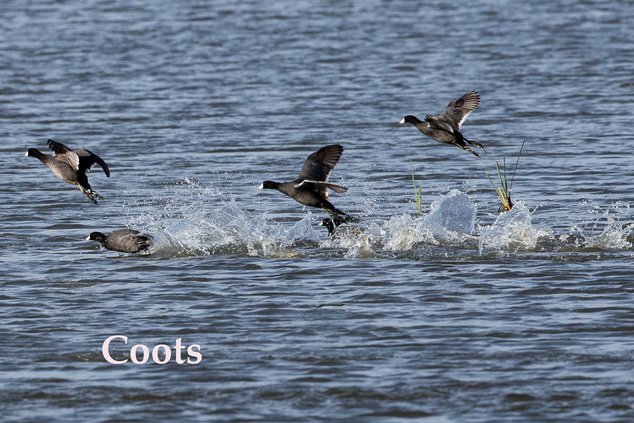

One of my very observant friends that lives south of Ellinwood on the route I take to Quivira Refuge sent me a text with a video. The video documented the first Sandhill Cranes of the season for him. It was for me also. I think the doves and teal mark the entrance to the fall season. The snipe and geese arrive to make their mark, and then the Sandhills start appearing. We know the Whooping Cranes are not very far behind.
This progression of breath-taking events is similar to watching a Broadway show. The colors and sounds and smells of the fall migration make us go and sit and listen – sometimes in the duck boat waiting for someone to check out your decoys- to the sounds and silence of our natural world.
The “duck boat” sounds are common and unusual. There are so many Swifts flying around – and I hope they are eating mosquitoes. I can assure you they need to eat a lot more. If you have never seen them, it is worth the trip. They are beautiful little agile birds that swoop and hoover and dart all over the place. It is hard to concentrate on ducks when they are flying – and they fill the sky. I have tried to estimate how high these little guys go – I’m sure they are up there with the ducks and geese. I don’t think mosquitoes fly that high in the air – so what are the Swifts doing so high in the sky? I defer to the wise birders who know this stuff.
You can always hear a Mallard hen calling to anybody who will listen. When you have been sitting for an hour and not seen a duck and listened all that time to her persistent quacks – helps us learn patience. You also can hear and see all the coots. They are very social and hang out together. It looks like they are learning to fly every time they travel. It is a running, wing-beating water-splashing process and I am amazed that they fly well enough to migrate. My Louisiana friends say they are made for gumbo – but they say that about Robins also. I’m sure they have fed one or both of them to me in the past.
Did you know birds can tell time? Watch for the blackbirds. The end of legal shooting time for ducks is sundown. The blackbirds start coming back to the marsh to spend the night after pillaging our farmers’ fields all day. They start arriving about 30-45 minutes before dark. Ducks start becoming more active at that time also. With the gulls, swifts, pelicans, blackbirds, and ducks mingling together it becomes difficult to sort it out. I’m not very good at it – I have had all of them in my sights, and have missed shooting at some ducks that would have been headed for my table if it weren’t for the crowd. The ducks are masters of telling time – they start filling the air shortly after shooting time ends.
Game wardens all have micro-tuned watches and know precisely when the shooting day ends. Good hunters know the same thing, and it is not infrequent that the last bird or two of the limit is taken within five minutes of closing – NOT two minutes after ... The last thing you want to see after a good hunt is a game warden wagging his finger at you ...
The silence of the marsh is very real at the end of the day. Your dog is tired and happy sitting in the boat. She sniffs the birds and lets you know that they belong to her – not you. The sky starts to turn orange and everyone starts finding their place for the night. I sit in awe of those moments of silence and peace and am assured that all is well. It is difficult to start the motor to get back to the landing – it seems rude to make that noise. I am thankful for the guys I hunt with, and for the bounty of our marsh. It makes us better folks.
Doctor Dan Witt is a retired physician and nature enthusiast.





